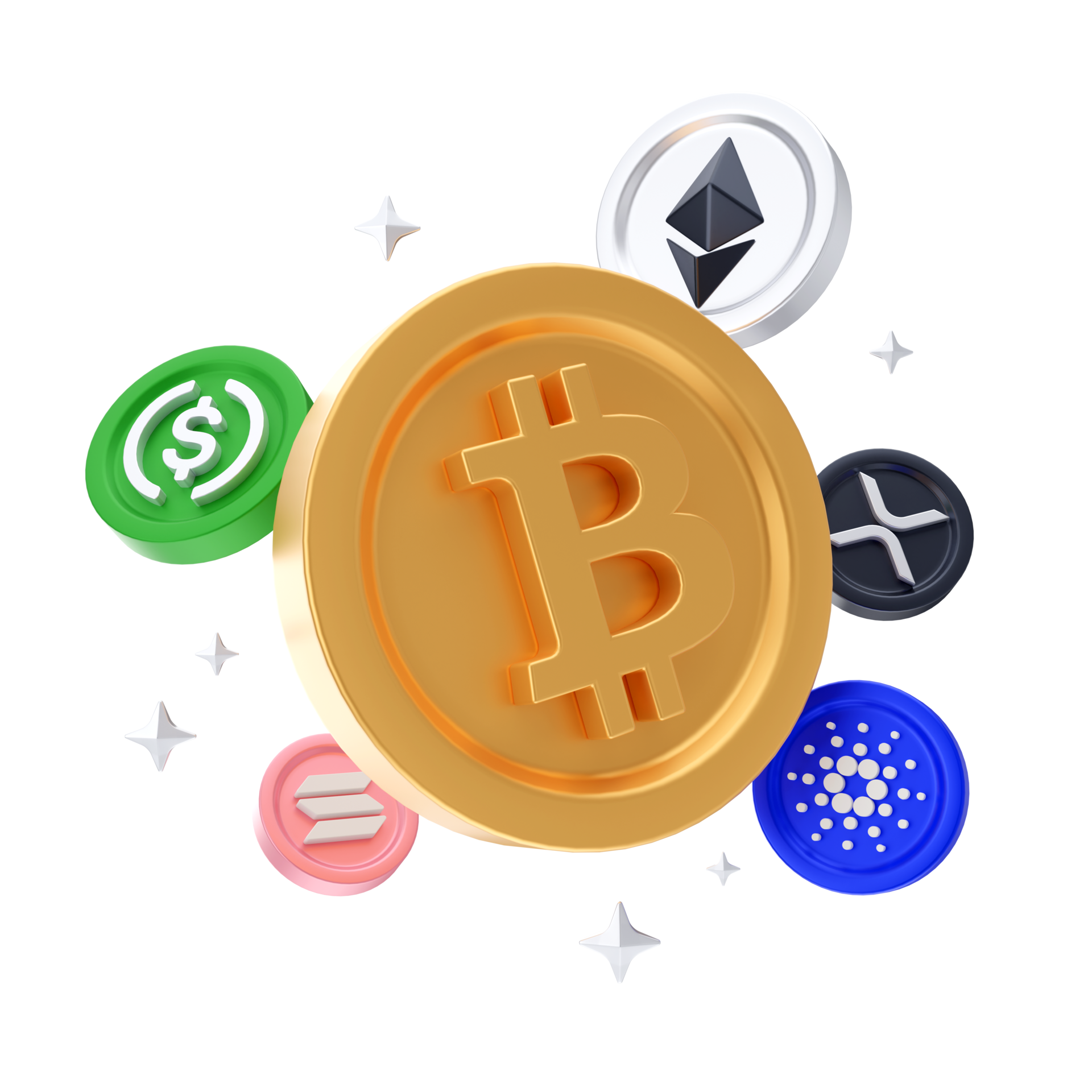Cryptocurrency prices live
The screenshot below, taken from the site Blockchain.info, might help you put all this information together at a glance. You are looking at a summary of everything that happened when block No. Environmental protection 490163 was mined.
Mining is a complex process, but in a nutshell, when a transaction is made between wallets, the addresses and amounts are entered into a block on the blockchain. The block is assigned some information, and all of the data in the block is put through a cryptographic algorithm (called hashing). The result of hashing is a 64-digit hexadecimal number, or hash.
Mining operations are also responsible for adding coins to the existing supply. However, crypto mining follows a set of hard-coded rules that govern the mining process and prevent anyone from arbitrarily creating new coins. These rules are built into the underlying cryptocurrency protocols and enforced by the entire network of thousands of nodes.
The Bitcoin network mining rate fluctuates, but it averaged around 622 exa-hashes per second in August, 2024—that’s 622 followed by 18 zeros. If it takes roughly 10 minutes for a block to be mined, that’s about 3.75 x 1023 hashes to open a new block.
To be able to mine with some chance for success, you’ll need to invest in one of the top graphics processing units (GPUs, often called video cards) for your computer or an application-specific integrated circuit (ASIC). Capable GPUs can range in price from about $1,000 to $2,000; ASICs can cost much more, into the tens of thousands of dollars.
What is cryptocurrency
USD Coin (USDC) is a stablecoin pegged to the US dollar on a 1:1 basis, ensuring that each USDC is backed by one US dollar held in reserve. USDC aims to provide a stable, secure, and transparent digital dollar, leveraging blockchain technology to offer the advantages of fast, low-cost transactions while maintaining price stability. It is widely used in the DeFi ecosystem, for remittances, and as a stable store of value, making it a popular choice for individuals and businesses looking to leverage the benefits of cryptocurrency without the associated volatility.
Switzerland was one of the first countries to implement the FATF’s Travel Rule. FINMA, the Swiss regulator, issued its own guidance to VASPs in 2019. The guidance followed the FATF’s Recommendation 16, however with stricter requirements. According to FINMA’s requirements, VASPs need to verify the identity of the beneficiary of the transfer.
Node owners are either volunteers, those hosted by the organization or body responsible for developing the cryptocurrency blockchain network technology, or those who are enticed to host a node to receive rewards from hosting the node network.

USD Coin (USDC) is a stablecoin pegged to the US dollar on a 1:1 basis, ensuring that each USDC is backed by one US dollar held in reserve. USDC aims to provide a stable, secure, and transparent digital dollar, leveraging blockchain technology to offer the advantages of fast, low-cost transactions while maintaining price stability. It is widely used in the DeFi ecosystem, for remittances, and as a stable store of value, making it a popular choice for individuals and businesses looking to leverage the benefits of cryptocurrency without the associated volatility.
Switzerland was one of the first countries to implement the FATF’s Travel Rule. FINMA, the Swiss regulator, issued its own guidance to VASPs in 2019. The guidance followed the FATF’s Recommendation 16, however with stricter requirements. According to FINMA’s requirements, VASPs need to verify the identity of the beneficiary of the transfer.
Cheapest cryptocurrency
Cardano is a proof-of-stake blockchain platform that is founded on peer-reviewed research. It is a decentralized network that offers secure and transparent payments. Cardano’s coin is ADA, which is named after Ada Lovelace, a 19th-century mathematician and the first computer programmer. Cardano’s price was $0.73 as of March 12, 2024. As of August 4, 2024, Cardano’s price is $0.32.
Cryptocurrency works through networks of nodes that are constantly communicating with each other to stay updated about the current state of the ledger. With permissionless cryptocurrencies, a node can be operated by anyone, provided they have the necessary technical knowledge, computer hardware and bandwidth.
Crypto market capitalization or “crypto market cap” for short is a widely used metric that is commonly used to compare the relative size of different cryptocurrencies. On CoinCodex, market cap is the default metric by which we rank cryptocurrencies on our frontpage. We also track the total cryptocurrency market cap by adding together the market cap of all the cryptocurrencies listed on CoinCodex. The total market cap provides an estimate on whether the cryptocurrency market as a whole is growing or declining.

Cardano is a proof-of-stake blockchain platform that is founded on peer-reviewed research. It is a decentralized network that offers secure and transparent payments. Cardano’s coin is ADA, which is named after Ada Lovelace, a 19th-century mathematician and the first computer programmer. Cardano’s price was $0.73 as of March 12, 2024. As of August 4, 2024, Cardano’s price is $0.32.
Cryptocurrency works through networks of nodes that are constantly communicating with each other to stay updated about the current state of the ledger. With permissionless cryptocurrencies, a node can be operated by anyone, provided they have the necessary technical knowledge, computer hardware and bandwidth.
Crypto market capitalization or “crypto market cap” for short is a widely used metric that is commonly used to compare the relative size of different cryptocurrencies. On CoinCodex, market cap is the default metric by which we rank cryptocurrencies on our frontpage. We also track the total cryptocurrency market cap by adding together the market cap of all the cryptocurrencies listed on CoinCodex. The total market cap provides an estimate on whether the cryptocurrency market as a whole is growing or declining.
